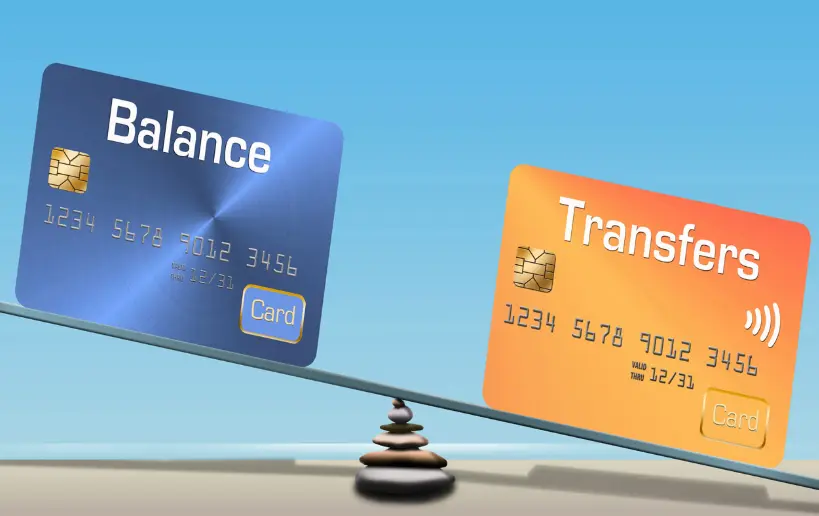January 12, 2024
Categories: Checking & Savings Accounts, Credit & Debit, Education & Security, Financial Planning

By Dawn Kellogg
We have annual checkups for our physical health, so why not take care of your financial health and do a financial checkup at the beginning of the year? This annual assessment might include taking an in-depth look at your credit card balances. If you carry over a balance, consider transferring some of those to a lower rate card.
It’s an easy transition and it can potentially save you loads of money in the long run. Here’s everything you need to know about transferring high interest rate credit card debt into a lower rate card.
Do I need to transfer my balance?
If you can pay off a balance in three months (or even sooner), or if you don’t qualify for a low APR, paying off your debt as quickly as possible is the best option.
If you want a higher limit and don’t mind paying some interest, a personal loan might be a good option.
If you need months to pay off a high interest debt and have a good credit score to qualify for a card with a low APR, a balance transfer might be the right choice for you.
How do I choose a card?
Choose a card that helps you minimize your costs. Look for cards with low interest rates, $0 annual fee, and a low or even $0 balance transfer fee.
It’s worth doing your homework and shopping around for the card that fits your budget.
Many cards will charge a transfer fee – the national average is usually between 3% and 5% of the amount transferred. The Summit does not charge a balance transfer fee, which means that our members save right from the start!
The lower interest rate on the new card will be valid for an introductory period (usually 15 to 21 months), after which the regular APR will kick in. You should plan to pay off your balance before the end of the introductory period in order to avoid interest fees.
The balance transfer card may not offer you enough credit to cover your entire debt, and you may only be able to transfer a portion of your debt to the new card. That’s still a better scenario, as you are saving considerably on fees for your overall debt.
The Summit has a handy calculator on our website which will help you figure out how much you will save by transferring your balances from a higher rate card.
How do balance transfers work?
- Apply for a card with a low introductory offer. To get the best offer, you generally need to have a good or excellent credit score (typically FICO scores of 700+). Same issuer transfers are not usually allowed, so you will need to find an issuer different from the card that you are transferring from.
- Start the process of the balance transfer. If doing this online or over the phone, you’ll need to provide information about the debt you are planning to move (issuer name, amount of debt, account information).
- Once the balance transfer is approved, the new issuer will pay off the old account directly. The balance, plus a balance transfer fee if there is one, will show up on the new account.
- When the balance is added to the new card, you’ll be responsible for making monthly payments on that account. If you pay it off during the introductory APR period, you can potentially save a bundle in interest charges.
Does opening a new card affect my credit score?
A balance transfer can affect your credit score. Applying for a new card can lower your credit score temporarily due to a hard inquiry. Transferring a balance can also increase your credit utilization ratio (the percentage of your available credit that you use) which can hurt your score. However, a balance transfer can also improve your score over time if you pay off your debt and keep your balances low.
Membership eligibility required. Subject to credit approval. Must be 18 years of age or older to apply. Our Cash Advance Fee is 2% of the cash advance amount and our Foreign Transaction Fee is 1% of the transaction amount in U.S. dollars.
